Filter by
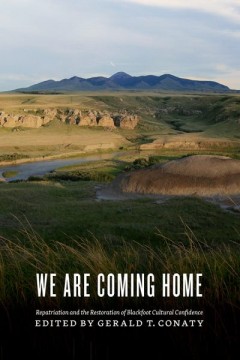
We Are Coming Home Repatriation and the Restoration of Blackfoot Cultural Co…
We Are Coming Home is the story of the highly complex process of repatriation as described by those intimately involved in the work, notably the Piikani, Siksika, and Kainai elders who provided essential oversight and guidance. We also hear from the Glenbow Museum’s president and CEO at the time and from an archaeologist then employed at the Provincial Museum of Alberta who provides an inside…
- Edition
- -
- ISBN/ISSN
- 9781771990172.01
- Collation
- -
- Series Title
- -
- Call Number
- 304 pages
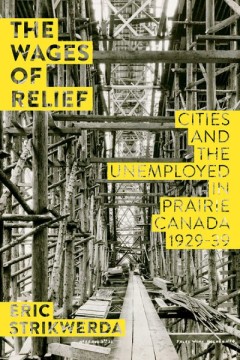
The Wages of Relief Cities and the Unemployed in Prairie Canada, 1929–39
Setting municipal relief administrations of the 1930s within a wider literature on welfare and urban poor relief, Strikwerda highlights the legacy on which relief policymakers relied in determining policy directions, as well as the experiences of the individuals and families who depended on relief for their survival. Focusing on three prairie cities—Edmonton, Saskatoon, and Winnipeg—Strikwe…
- Edition
- -
- ISBN/ISSN
- 978-1-927356-05-0
- Collation
- -
- Series Title
- Working Canadians: Books from the CCLH
- Call Number
- 333 pages
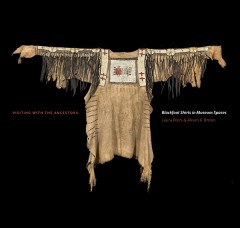
Visiting With the Ancestors Blackfoot Shirts in Museum Spaces
In the pages of this beautifully illustrated volume is the story of an effort to build a bridge between museums and source communities, in hopes of establishing stronger, more sustaining relationships between the two and spurring change in prevailing museum policies. Negotiating the tension between a museum’s institutional protocol and Blackfoot cultural protocol was challenging, but the expe…
- Edition
- -
- ISBN/ISSN
- 9781771990370.01
- Collation
- -
- Series Title
- -
- Call Number
- 10.5 x 10, 232 pages
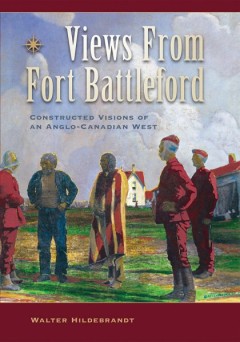
Views From Fort Battleford Constructed Visions of an Anglo-Canadian West
The Myth of the Mounties as neutral arbiters between Aboriginal peoples and incoming settlers remains a cornerstone of the western Canadian narrative of a peaceful frontier experience that differs dramatically from its American equivalent. Walter Hildebrandt eviscerates this myth, placing the NWMP and early settlement in an international framework of imperialist plunder and the imposition of co…
- Edition
- -
- ISBN/ISSN
- 9781897425459
- Collation
- -
- Series Title
- -
- Call Number
- -

Reel Time Movie Exhibitors and Movie Audiences in Prairie Canada, 1896 to 1986
As marketing efforts, the lavish interiors of the movie palace and the romantic view of the local movie theatre concealed a competitive environment in which producers, exhibitors, and distributors tried to monopolize the industry and drive their rivals out of business. The pitched battles and power struggles between national movie theatre chains took place at the same time that movie exhibitors…
- Edition
- -
- ISBN/ISSN
- 978-1-926836-99-7
- Collation
- -
- Series Title
- -
- Call Number
- 397 pages
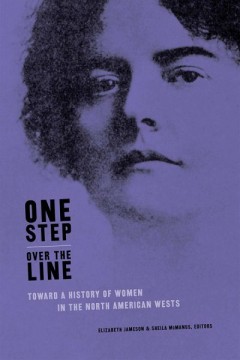
One Step Over the Line Toward a History of Women in the North American Wests
Sixteen essays arising from the “Unsettled Pasts: Reconceiving the West through Women’s History” conference at the University of Calgary comprise this foundational text. One Step Over the Line is not only the map; it is the bridgework to span the transnational, gendered divide—a must for readers who have been searching for a wide, inclusive perspective on our western past.
- Edition
- -
- ISBN/ISSN
- 9780888645012.01
- Collation
- -
- Series Title
- The West Unbound: Social and Cultural Studies
- Call Number
- 474 pages
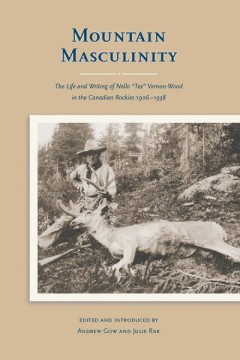
Mountain Masculinity The Life and Writing of Nello “Tex” Vernon-Wood in …
In 1906, Nello Vernon-Wood (1882–1978) reinvented himself as Tex Wood, Banff hunting guide and writer of “yarns of the wilderness by a competent outdoorsman.” His homespun stories of a vanishing era, in such periodicals as The Sportsman, Hunting and Fishing, and the Canadian Alpine Journal, have much to tell us about the west as envisioned by those who wanted to leave the industrialized w…
- Edition
- -
- ISBN/ISSN
- 9781897425022.01
- Collation
- -
- Series Title
- -
- Call Number
- 237 pages
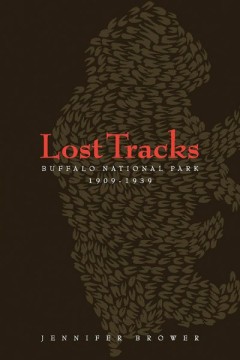
Lost Tracks Buffalo National Park, 1909–1939
While contemporaries and historians alike hailed the establishment of Buffalo National Park in Wainwright, Alberta as a wildlife saving effort, the political climate of the early twentieth century worked against its efforts to stem the decline of the plains buffalo in North America. However, the branch charged with operating the park, the Canadian Parks Branch, was never sufficiently funded and…
- Edition
- -
- ISBN/ISSN
- 9781897425107.01
- Collation
- -
- Series Title
- -
- Call Number
- 193 pages
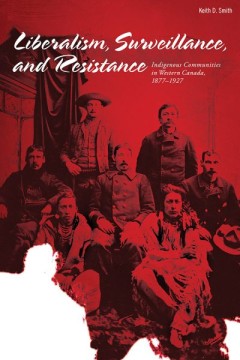
Liberalism, Surveillance, and Resistance Indigenous Communities in Western C…
Canada is regularly presented as a country where liberalism has ensured freedom and equality for all. Yet with the expansion of settlers into the First Nations territories that became southern Alberta and BC, liberalism proved to be an exclusionary rather than inclusionary force. Between 1877 and 1927, government officials, police officers, church representatives, ordinary settlers, and many ot…
- Edition
- -
- ISBN/ISSN
- 978-1-897425-39-8
- Collation
- -
- Series Title
- The West Unbound: Social and Cultural Studies
- Call Number
- 334 pages
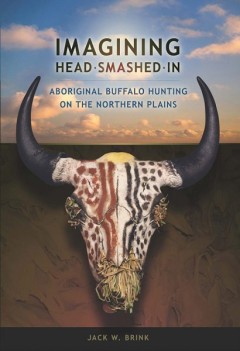
Imagining Head-Smashed-In Aboriginal Buffalo Hunting on the Northern Plains
At the place known as Head-Smashed-In in southwestern Alberta, Aboriginal people practiced a form of group hunting for nearly 6,000 years before European contact. The large communal bison traps of the Plains were the single greatest food-getting method ever developed in human history. Hunters, working with their knowledge of the land and of buffalo behaviour, drove their quarry over a cliff and…
- Edition
- -
- ISBN/ISSN
- 978-1-897425-04-6
- Collation
- -
- Series Title
- -
- Call Number
- 6.5 x 9.25, 361 pages
 Computer Science, Information & General Works
Computer Science, Information & General Works  Philosophy & Psychology
Philosophy & Psychology  Religion
Religion  Social Sciences
Social Sciences  Language
Language  Pure Science
Pure Science  Applied Sciences
Applied Sciences  Art & Recreation
Art & Recreation  Literature
Literature  History & Geography
History & Geography